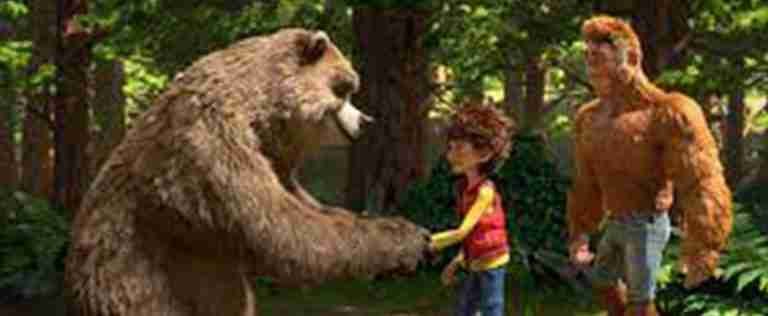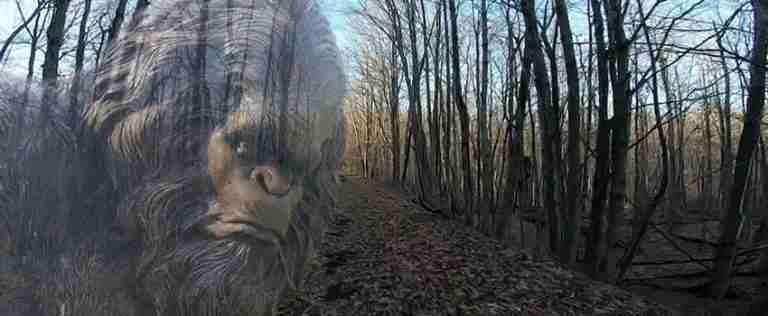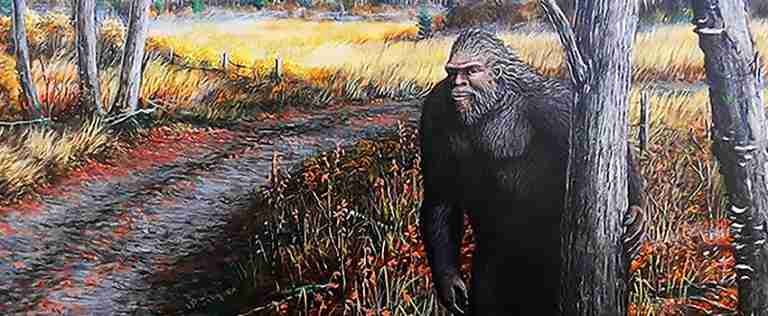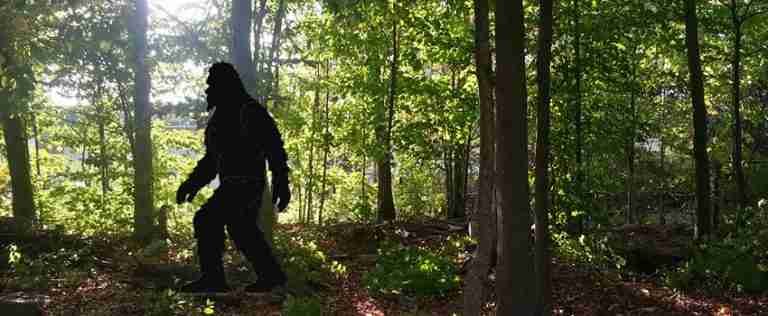Bigfoot in Music: A Look at Mention and Features in Songs, Albums, and Music Videos

Bigfoot, also known as Sasquatch, is a popular figure in American folklore and popular culture. Many people claim to have seen or encountered Bigfoot, and it has become a subject of fascination for many people around the world.
In popular culture, Bigfoot has been mentioned or featured in a variety of media, including movies, television shows, and video games. It has also been mentioned or featured in music, including songs, albums, and music videos.
The purpose of this article, “Bigfoot in Music: A Look at Mention and Features in Songs, Albums, and Music Videos,” is to examine how Bigfoot has been mentioned or featured in music. The article will explore the different ways that Bigfoot has been mentioned or featured in songs, albums, and music videos, and will consider the impact of these portrayals on Bigfoot’s place in popular culture.
Bigfoot In Songs
Bigfoot has been mentioned or featured in a number of songs over the years. One example is “The Legend of Bigfoot,” a novelty song released in 1976 that tells the story of the mythical creature. The song describes Bigfoot as a “gentle giant” and a “friend to all,” and portrays the creature in a positive light.
Another song that mentions Bigfoot is “Bigfoot, I Love You,” a song released in 1991 by the band The Presidents of the United States of America. The song describes Bigfoot as a “big and lonely guy” who is “lost in the woods,” and portrays the creature in a sympathetic light.
The lyrics and themes of these songs, as well as other songs that mention or feature Bigfoot, can have an impact on Bigfoot’s place in popular culture. For example, if Bigfoot is depicted as a friendly and benevolent creature, as in “The Legend of Bigfoot,” it may increase people’s positive perceptions of the creature. On the other hand, if Bigfoot is depicted as a lonely and misunderstood being, as in “Bigfoot, I Love You,” it may increase people’s sympathy for the creature.
The impact of these songs on Bigfoot’s place in popular culture can be significant, as they help to shape people’s perceptions and understanding of the creature. It is important to accurately represent Bigfoot in music in order to educate people about the myth and folklore surrounding the creature.
Bigfoot In Albums
Bigfoot has also been mentioned or featured in a number of albums over the years. One example is Sasquatch Rock, an album released in 1975 that features a variety of songs about Bigfoot. The album covers a range of themes related to Bigfoot, including the creature’s appearance, habits, and place in popular culture.
Another album that mentions or features Bigfoot is Bigfoot: The Album, released in 2010. The album features a variety of songs that reference or depict Bigfoot, and includes artwork of the creature on the cover. The themes of the album include Bigfoot’s place in popular culture, as well as the mystery and intrigue surrounding the creature.
The themes and artwork of these albums, as well as other albums that mention or feature Bigfoot, can have an impact on Bigfoot’s place in popular culture. For example, if an album features songs and artwork that depict Bigfoot in a positive and sympathetic light, it may increase people’s positive perceptions of the creature. On the other hand, if an album features songs and artwork that depict Bigfoot in a negative or humorous light, it may decrease people’s positive perceptions of the creature.
The impact of these albums on Bigfoot’s place in popular culture can be significant, as they help to shape people’s perceptions and understanding of the creature. It is important to accurately represent Bigfoot in music in order to educate people about the myth and folklore surrounding the creature.
Bigfoot In Music Videos
Bigfoot has also been mentioned or featured in a number of music videos over the years. One example is “Bigfoot,” a music video released in 2014 by the band The Wanted. The music video features a storyline in which the band members encounter a Bigfoot while on a camping trip. The music video portrays Bigfoot as a friendly and playful creature, and includes special effects to depict the creature’s appearance.
Another music video that mentions or features Bigfoot is “The Sasquatch Song,” a music video released in 2012 by the band ZZ Ward. The music video features a storyline in which a group of people encounter a Bigfoot while on a hike. The music video portrays Bigfoot as a mysterious and intriguing creature, and includes special effects to depict the creature’s appearance.
The themes and visuals of these music videos, as well as other music videos that mention or feature Bigfoot, can have an impact on Bigfoot’s place in popular culture. For example, if a music video depicts Bigfoot as a friendly and playful creature, it may increase people’s positive perceptions of the creature. On the other hand, if a music video depicts Bigfoot as a mysterious and intriguing creature, it may increase people’s curiosity and interest in the creature.
The impact of these music videos on Bigfoot’s place in popular culture can be significant, as they help to shape people’s perceptions and understanding of the creature. It is important to accurately represent Bigfoot in music in order to educate people about the myth and folklore surrounding the creature.
Conclusion: Bigfoot in Music: A Look at Mention and Features in Songs, Albums, and Music Videos
Bigfoot, also known as Sasquatch, is a popular figure in American folklore and popular culture. In music, Bigfoot has been mentioned or featured in a variety of forms, including songs, albums, and music videos.
The different ways that Bigfoot has been mentioned or featured in music include songs that tell the story of the creature or reference it in the lyrics, albums that cover themes related to Bigfoot or feature artwork of the creature, and music videos that depict the creature or include it as a central part of the storyline.
The potential influence of these portrayals on Bigfoot’s place in popular culture can be significant, as they help to shape people’s perceptions and understanding of the creature. If Bigfoot is depicted in a positive and sympathetic light in music, it may increase people’s positive perceptions of the creature. On the other hand, if Bigfoot is depicted in a negative or humorous light in music, it may decrease people’s positive perceptions of the creature.
It is important to accurately represent Bigfoot in music in order to educate people about the myth and folklore surrounding the creature. This can help to ensure that people have a nuanced and accurate understanding of Bigfoot and its place in popular culture.






